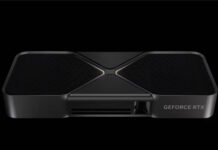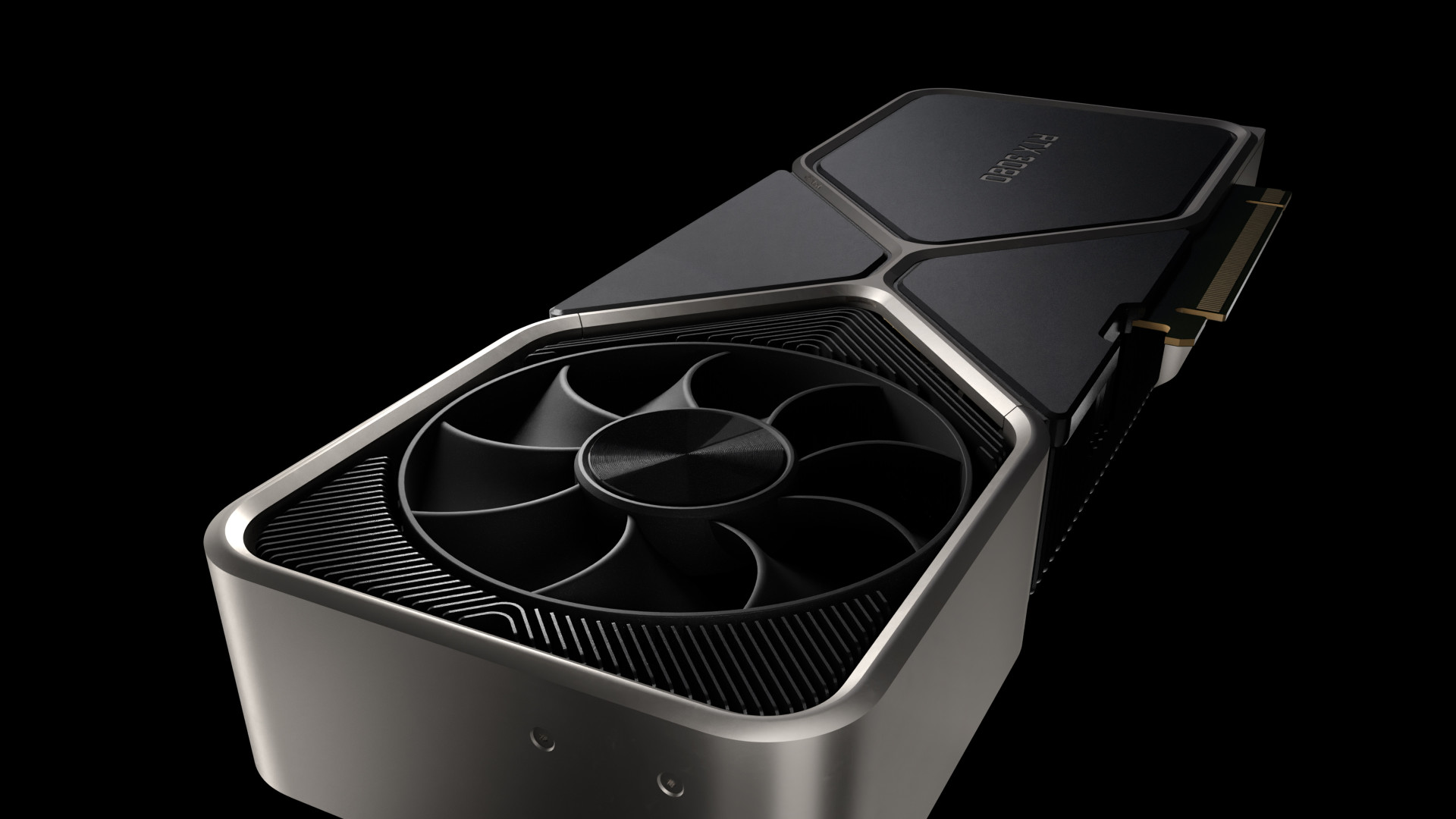Intels kommande Nehalem-kärna väntas bli något i hästväg när det kommer till att utnyttja den minnesbandbredd som funnits tillgänglig sedan introduktionen av DDR3-standarden. TGdaily skriver att dagens Intel-chipset endast klarar av att utnyttja 50-60% av den bandbredd DDR3 kan leverera, med Nehalem förväntas denna siffra ändras till närmare 90%.
“The performance memory industry is alive and kicking these days, despite the fact that the advantages of higher clock speeds, which currently reach to 2000 MHz, are fading and are virtually non-existent, at least on Intel platforms. The simple reason is that the memory bandwidth is constrained by the FSB, which limits the bandwidth to 8.53 GB/s in a 1066 MHz FSB (266 MHz QDR), to 10.66 GB/s in a 1333 MHz (333 MHz QDR) version and 12.8 GB/s in those rare 1600 GHz (400 MHz QDR) models.
However, dual-channel memory can offer a bandwidth that exceeds what FSB can take: 12.8 GB/s (DDR2-800) to 32 GB/s (DDR3-2000). Even if you buy those ultra-expensive DDR3-2000 devices you wont see a dramatic increase in performance, at least if you dont overclock the FSB at the same time. To support that 32 GB/s bandwidth, you would need a CPU capable of running a 4 GHz FSB (1000 QDR).”
Läs mer här

















